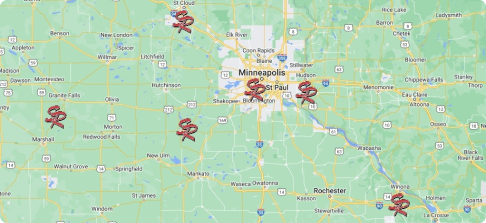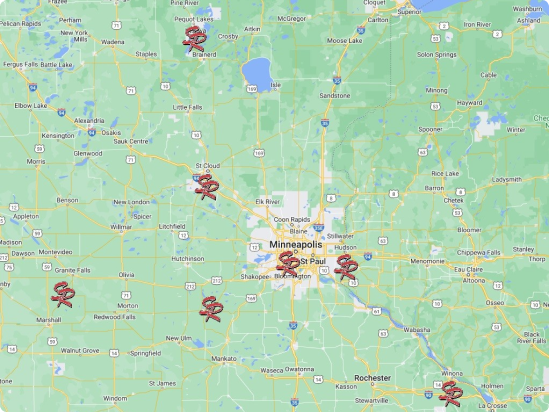When was the last time you performed any maintenance on your commercial roofing system? When was the last time you had an inspection? It’s easy to forget about the roof on a commercial building, especially if no leaks or issues are a the units below. But that doesn’t mean a commercial roof should be left to its own devices. Roofing maintenance and regular inspections are the best ways to avoid costly repairs, leaks, and other issues throughout the year.
Not sure where to begin when it comes to commercial roofing maintenance? Here are a few things you should know.
What to Look for During a Routine Inspection
At least twice a year (once a quarter is ideal), it’s good to get up onto the roof of your building and perform a routine inspection. You should also inspect your roof after any major storm that includes hail, high winds, tornadoes, hurricanes, etc. Some of the things you want to be looking for during the inspection are:
- Excessive buildup of debris. This should be cleared away before it can cause any damage.
- Damage/weathering that has been caused by debris or storms. This can include cracks, holes, scratches, and other wear and tear.
- Flashing that is missing or has loosened over time.
- Puddled water that has accumulated. This lets you know that the roof is not pitched properly.
- Mold, mildew, and other rotting materials.
- Animal nests.
Some of these issues can be fixed on your own. Your regular maintenance routine should include discarding debris and animal nests as well as unclogging drains and downspouts. Larger repairs and replacement of roofing materials and other elements should be done by a professional roofing company.
Extending the Life of Your Commercial Roof
Routine inspections and repairs will help you extend the life of your roof, but there are a few other things you can do to reduce damage and get more from your commercial roofing investment:
- Prohibit unauthorized access to the roof: this includes employees. Do not allow people to take smoke breaks on the roof or use it as a gathering place for any reason.
- Make sure that those who do access the roof for repairs or inspections use designated walkways and stay off areas that are not meant to be walked on.
- Do not leave tools or unsecured equipment up on the roof.
- Always make sure to clear away debris and unclog downspouts after a storm.
- Clear as much snow and ice from the roof as possible during the winter months.
- Prevent mold and moss from accumulating.
Make sure to keep a record of the schematics for your roof as well as information about the materials used in constructing it. This will help you or the contractor you hire complete repairs quickly and correctly. Many different materials are used in the construction of commercial roofs and choosing the right one for your building can go a long way in helping you get the most out of your investment.


